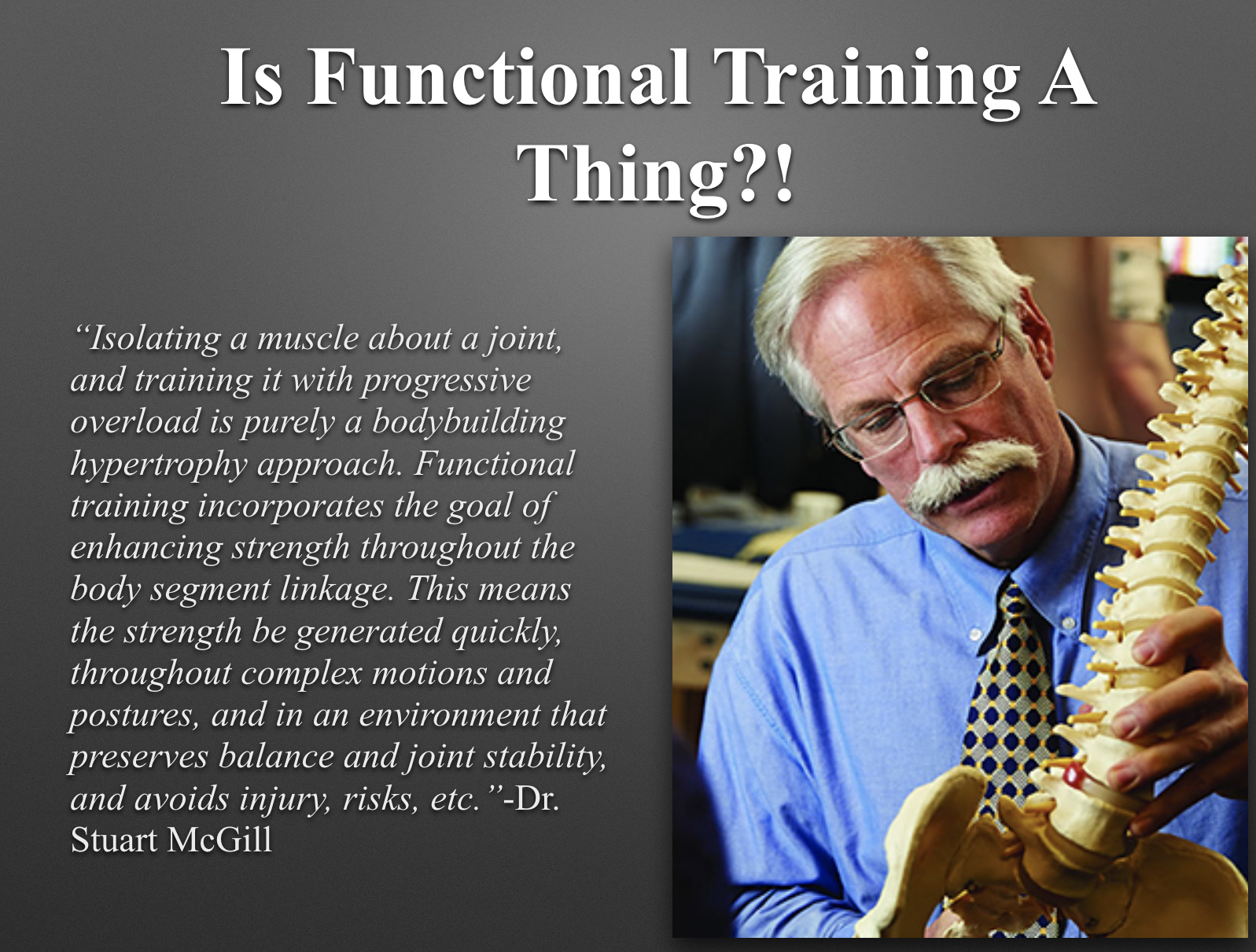The Death of Functional Training
2024-10-9
Jessica Bento, Physical Therapist (Creator DVRT Restoration Certification, DVRT Rx Shoulder, Knees, Pelvic Control, & Gait Courses)
Gather around, fitness enthusiasts, skeptics, and everyone in between! Today, we’re here to pay our respects to a beloved yet bewildering concept in the fitness world: functional training. Yes, you heard me right. It seems that functional training, once hailed as the holy grail of workouts, is now on life support, thanks in large part to our good friends—social media influencers.
The Rise of Functional Training
Functional training entered our lives like that one friend who shows up uninvited but quickly becomes the life of the party. Promising to enhance our performance in everyday activities—like lifting grocery bags and running from that awkward conversation at family gatherings—it captured our hearts. Who wouldn’t want to be able to squat like a pro while carrying a toddler and dodging Lego pieces?
Trainers taught us to mimic real-life movements. “Let’s train to pick things up off the floor!” they’d say, as if we weren’t already proficient in the art of picking up random items and never actually putting them down. But hey, we were ready to jump on this train (while simultaneously performing a burpee). All awhile not REALLY understanding what functional training meant!

The Influencer Effect
Fast forward to today, and functional training has taken a nosedive, largely thanks to the social media circus. Enter the fitness influencers—those digitally sculpted beings who, with a single post, can send thousands of followers racing to buy resistance bands, balancing devices, and often claiming, “hey, machine training can be functional too!” They’ve taken the term “functional” and twisted it into something almost unrecognizable.
Instead of practical movements, we’re seeing acrobatic feats that defy both gravity and common sense, or trying to convince that isolating “this or that muscle” has a space in the functional landscape as well. It is ALL so confusing, at one moment we see someone twisting their body into a pretzel saying that their mobility is more functional while another post has a long discussion trying to demonstrate leg extensions are also functional. It is ALL so confusing!!!!

The Misleading Memes
Now, let’s not forget the memes. Oh, the memes! Functional training memes have become the viral contagion of misinformation. You’ll see quotes like, “Train like you live!” followed by images of someone trying to mimic what they do in life in the gym. That may seem like what functions if but really ins’t because it doesn’t explain HOW the body is creating movement.
We can see people doing a crazy twisty stepping exercise that doesn’t make a lot of sense, but call it functional while the next post you could also be functional by going for that bicep “pump” or “burning” in those glutes, seems weird right? Functional training has transformed from a practical way to build strength for daily activities into an Olympic sport of confusion. Thanks to social media, you have people COMPLETELY confused how accessible, effective, and purposeful true functional training can be!
The Overcomplication of Simplicity
So, what happened to the beauty of functional training? It got overcomplicated. The straightforward philosophy of preparing your body for everyday tasks morphed into a convoluted series of movements that require a Ph.D. in biomechanics to understand, or the justification of 80’s bodybuilding took over. Instead of focusing on movement patterns and progressions of concepts of body position, load position, and planes of motion, people are falling back to individual muscles, or random movements simply called “functional” because no one can tell you what they really do!
The Final Nail in the Coffin
And then, there’s the final nail in the coffin: the rise of the “functional training expert.” You know the type—they’re the ones who’ve read one article on functional training and now consider themselves certified to change your life. They post videos of themselves “demonstrating” how to swing a kettlebell while balancing on one foot and reciting the alphabet backward. They both simultaneously make good exercises into novelty acts and ignore the key concepts behind functional training and how to progress movements in a thoughtful and intentional manner.
In reality, this approach might get you a round of applause from your Instagram followers, but in the real world, it’s more likely to get you a trip to the physical therapist. Functional training, once a method for improving everyday life, has become an elite club where the requirements for entry include wearing neon workout gear and knowing all the latest TikTok challenges.
Is Functional Training REALLY Going To Die?
So, what can we learn from the slow demise of functional training? Perhaps it’s a reminder that sometimes, less is more. We don’t need to turn our workouts into a three-ring circus. If you want to better understand HOW the body creates movement, then that requires time learning how our body is connected and the impact it has to how we train smarter and more efficiently.
As a physical therapist that started in the early 2000’s, I was so excited to see a way to train strength that made sense to how we move. Unfortunately, people seem to lose interest in just taking a little time to understand how we move and perform. If we do, we can not only revitalize functional training, but help build better results from our workouts. This isn’t so much about saving a training methodology, but helping people reap greater benefits from their training and see how they can build muscle, create better fitness, and help their aches/pains. So, should we still try to make functional training what it was always meant to be?
Find out more in our online courses and workout programs that show how practical and common sense functional training can be HERE and save 25% with code “dvrt25”.
View this post on Instagram
© 2026 Ultimate Sandbag Training. Site by Jennifer Web Design.







